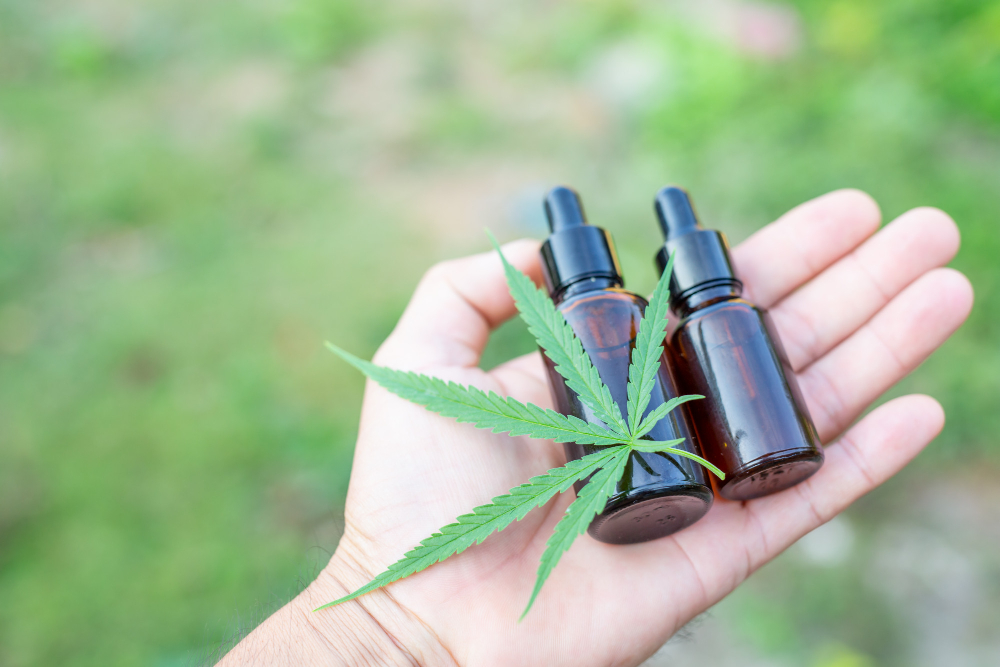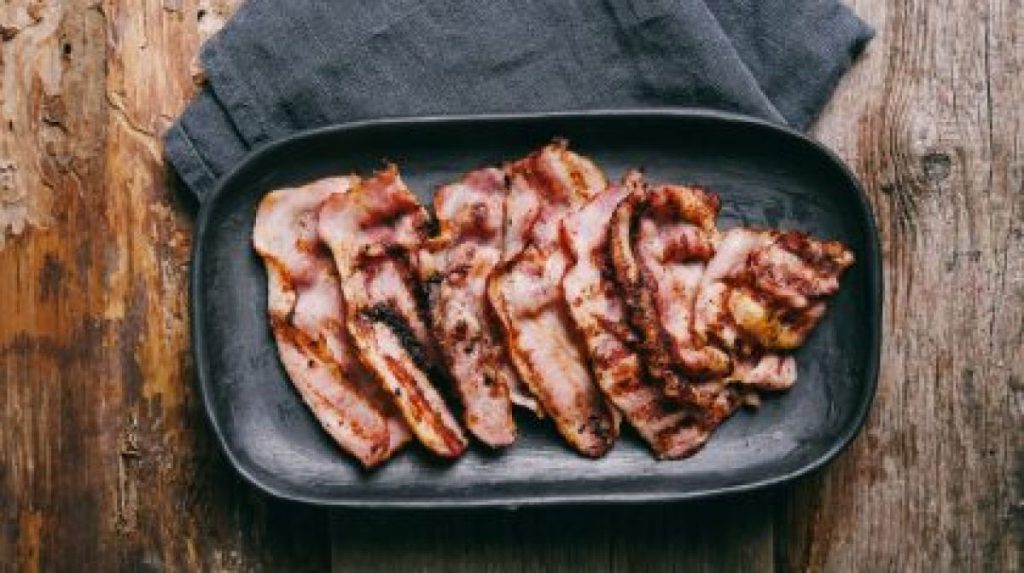Recent reports conflict on how many women in the United States have used CBD. Some findings say 16 percent of American women have tried CBD while others list the figure at 41 percent. Among men, the reported usage ranges from 21 percent to 31 percent. While exact numbers are unclear, these statistics show that many women use CBD in some form.Age influences who tries CBD. The highest rate of use appears in adults aged 18 to 29, with 44 percent of people in this range saying they have tried it. The usage drops among older groups. It is reported at 33 percent for those aged 30 to 44, 26 percent for 45 to 60, and 15 percent for people over 60.
Race and ethnicity also shape usage rates. Twenty percent of Hispanic Americans and 19 percent of Black Americans report using CBD, compared to 16 percent of White Americans. Among all Americans who use CBD, White or Caucasian people make up the largest group. Hispanic or Latino users account for 12 percent, Black or African American users 5 percent, and Asian or Asian Americans 4 percent.
Surveys show that women may use CBD more regularly than men for certain health concerns. Even though 48 percent of male respondents reported daily or as-needed use, one source states women may be more consistent with their routines for persistent issues. That distinction may be rooted in the reasons each gender gives for their use.
Reasons Women Choose CBD
Women often say they use CBD for health problems connected to mental well-being. Two common reasons are anxiety and trouble sleeping. Men, when surveyed, more often say pain is their main reason for use. There are reports that women use CBD at higher rates than men for mental wellness, but no firm numbers can be given.
Usage patterns also point to health-related goals. More women than men state that they take CBD to address anxiety, sleep problems, and general health concerns. Only a few point to pain relief as their main reason, which contrasts with men’s responses.
Insomnia or poor sleep are often cited. Those who use CBD for better sleep may choose forms that act more slowly. Others, seeking stress relief, factor timing and setting into when and how they use it. Some use CBD alone, while others combine it with other health habits.
Patterns in Product Selection
Many women choose products based on ease of use and personal concerns. Oils, capsules, topical creams, and edibles are common picks. Among edibles, CBD Gummies are one of several options because they are easy to dose and carry. Others prefer tinctures or lotions when targeting pain or skin conditions. Product selection is shaped by different needs and the desire for discretion during use.
Dietary restrictions, dosage preferences, and taste also play a role in choosing forms like capsules or gummies over oils. Some prefer creams for localized relief, while others opt for edibles for ongoing wellness routines. These choices show a practical approach to CBD use.
Frequency of Use and Reasons for Consistency
Surveys show differences in how men and women use CBD over time. Among those who use it daily or weekly, women hold a slight lead over men. This points to more consistent use, likely connected to ongoing health concerns such as anxiety or trouble sleeping.
Despite using it less often for pain relief, many women rely on CBD as part of their self-care routines. The difference in frequency and motivation suggests that women may approach use as an ongoing habit rather than a solution to acute symptoms.
Concerns and Cautions
Many women weigh side effects and interactions before using CBD. Reliable data on long-term safety are limited. Some may be cautious about purity or label accuracy. Pregnant or breastfeeding women are often discouraged from using CBD.
Access to products varies by location. State laws on CBD products are not uniform across the country. Many women rely on word of mouth or reviews, as few healthcare providers give clear guidance on CBD use for common concerns.
Gaps in Research and Trends Going Forward
Research into CBD’s effects by gender is lacking. Most studies do not track outcomes based on sex, making it hard to name benefits or concerns unique to women. Few trials address long-term risk. Most products also lack independent quality controls.
Demand for CBD among younger adults is high, but drops sharply with age. Lower usage in older women may be linked to health worries or doubts about safety. That trend is unlikely to change without more concrete data and clear guidance from experts.
Conclusion
Women use CBD mostly for anxiety and sleep issues, with health-related goals shaping their choices. The form and frequency of use depend on personal needs, with gummies, oils, and creams ranking as common products. Statistics may vary but suggest use is common among young adults and is more frequent for mental wellness than for pain. Still, gaps in research and product oversight mean many women decide based on trust and convenience instead of hard evidence.





